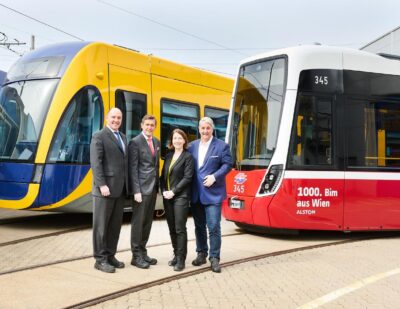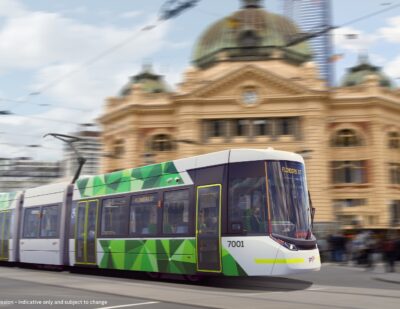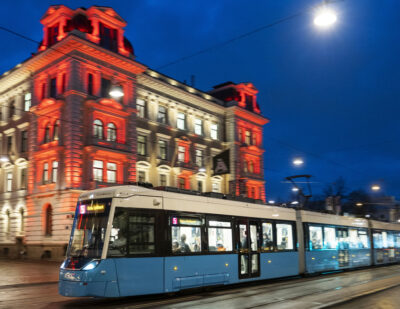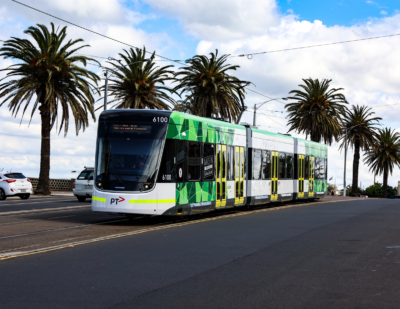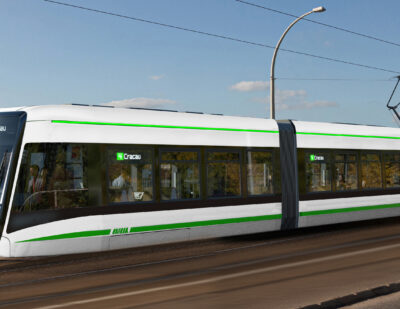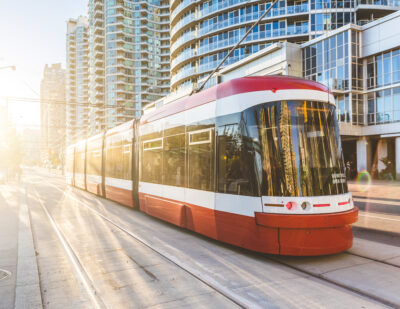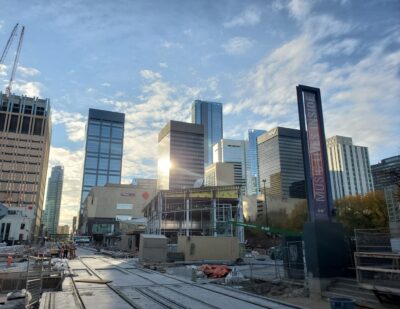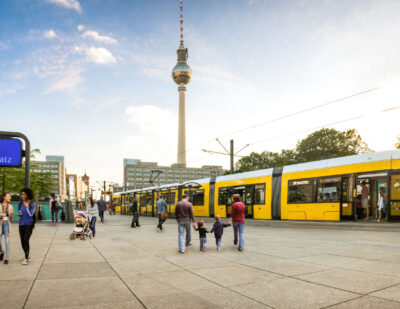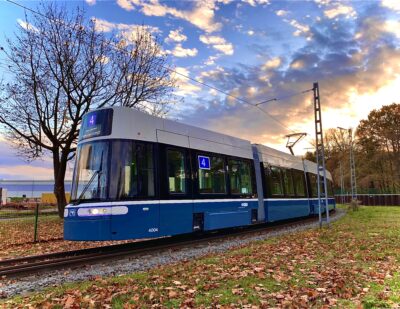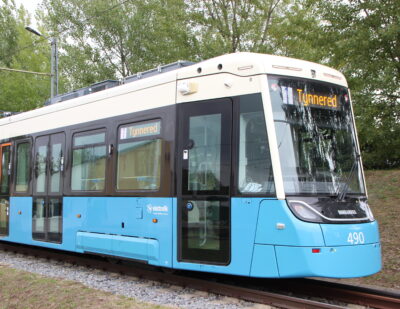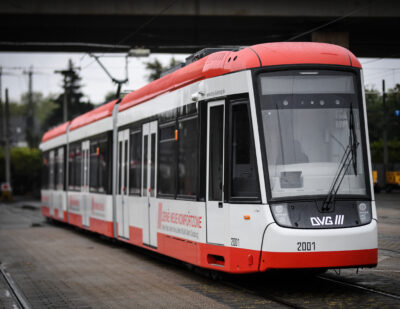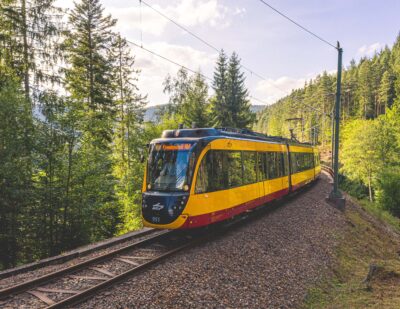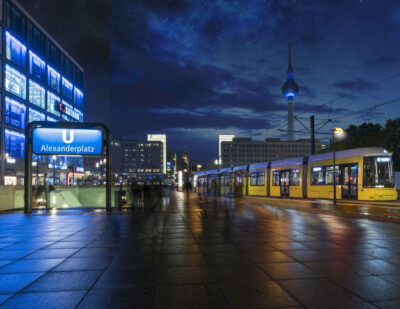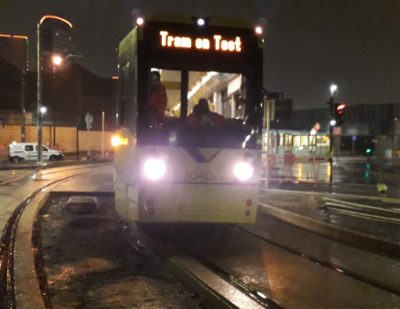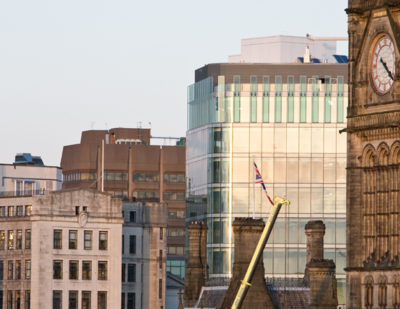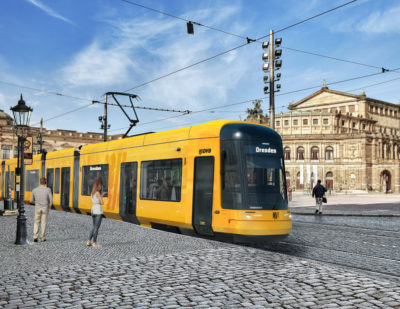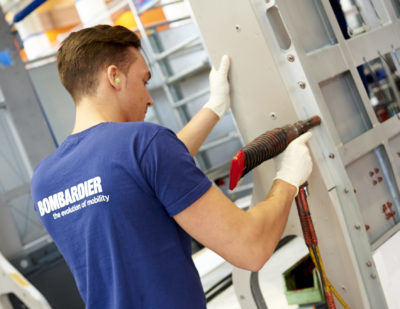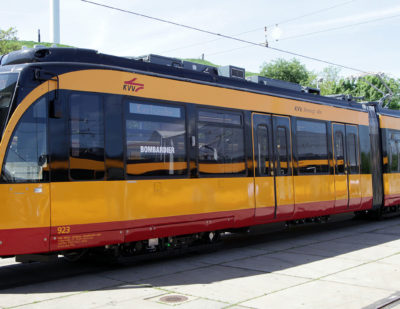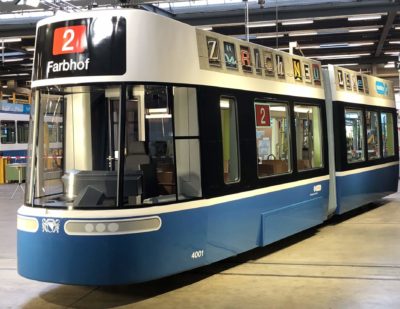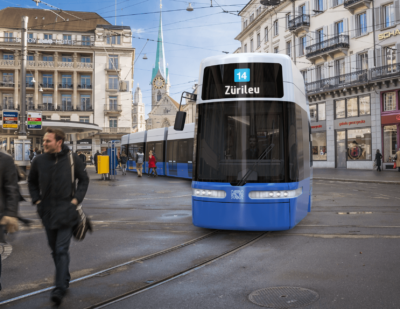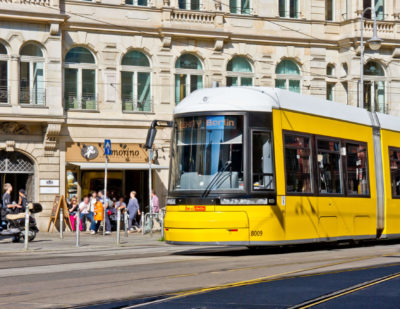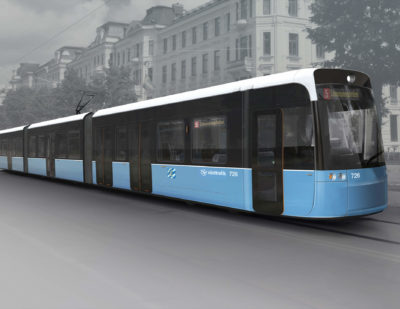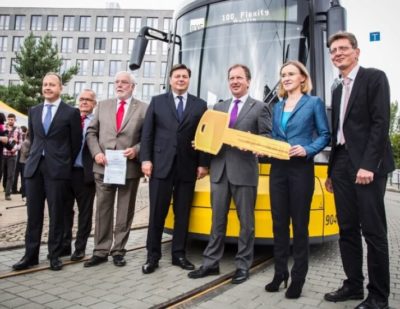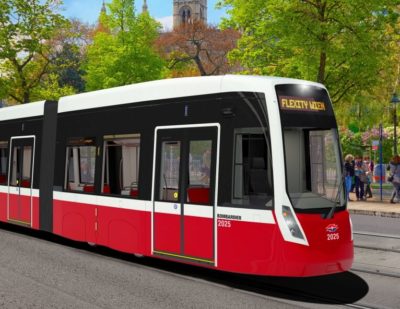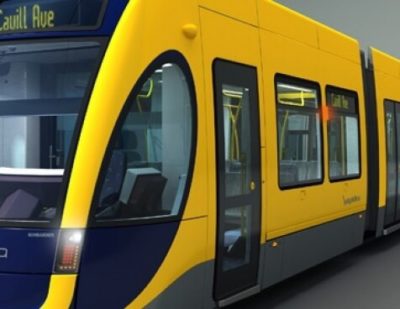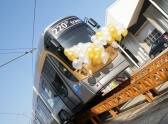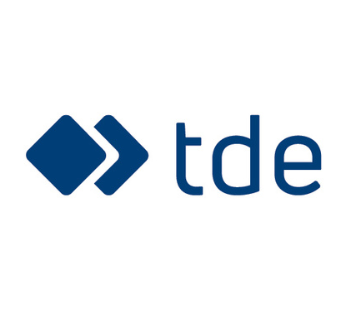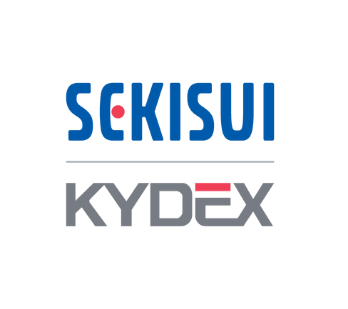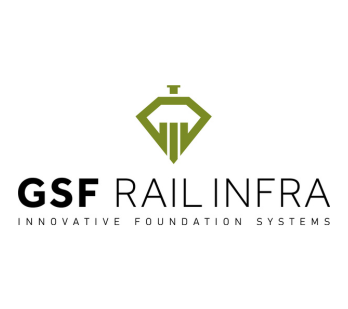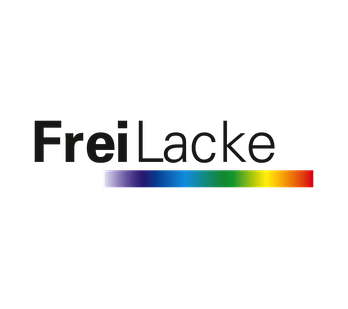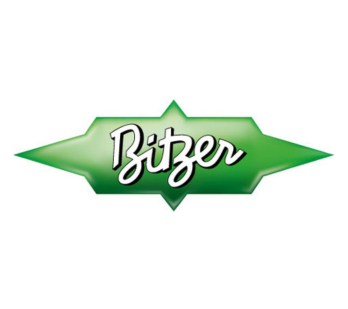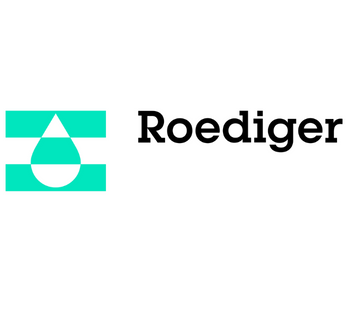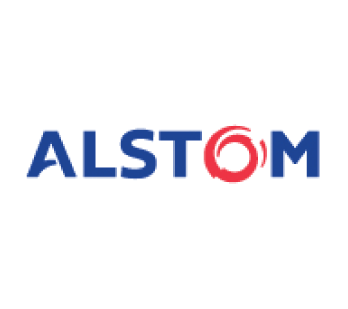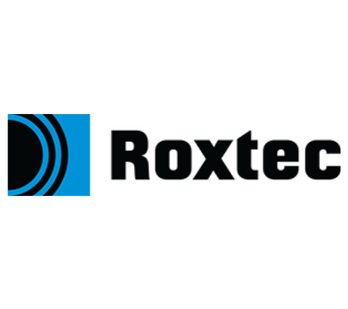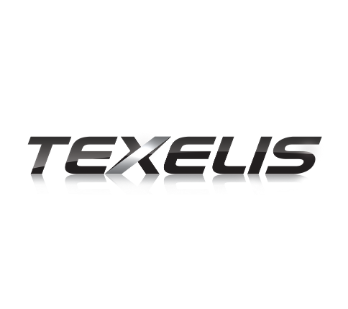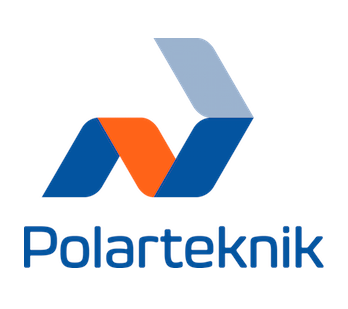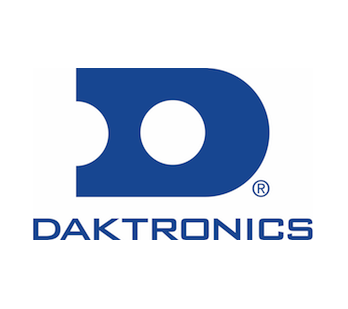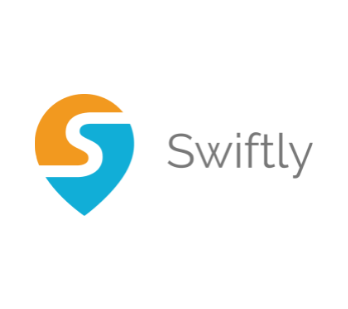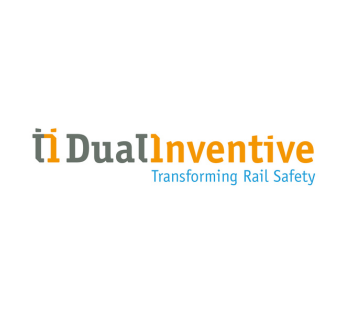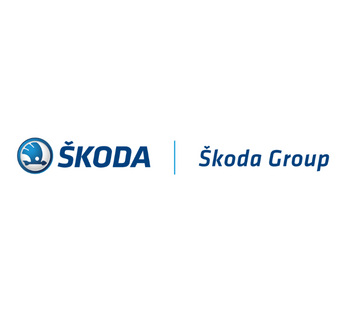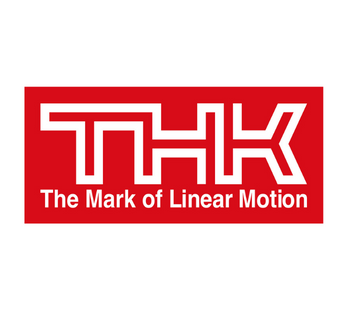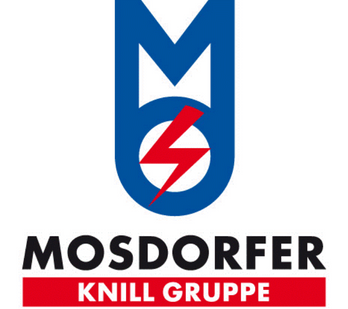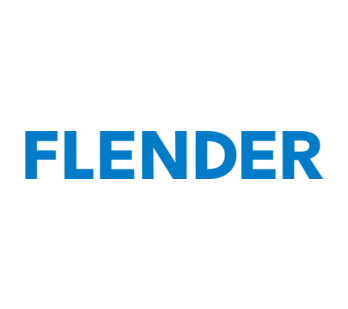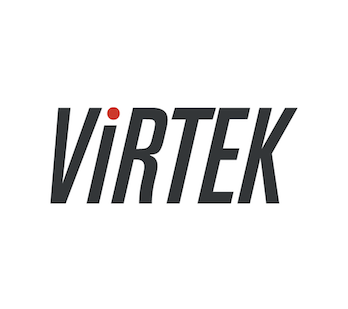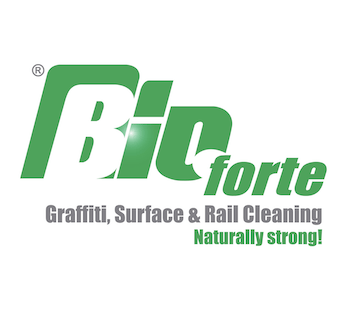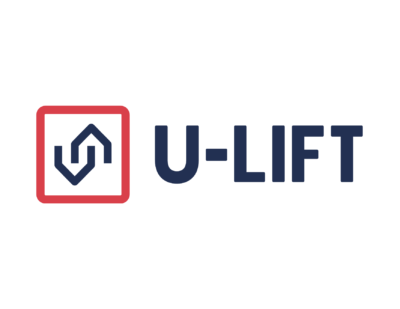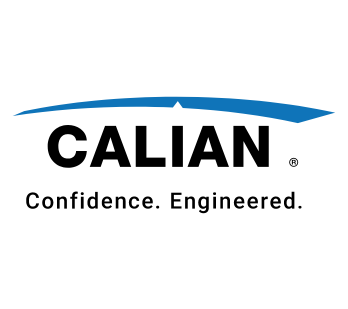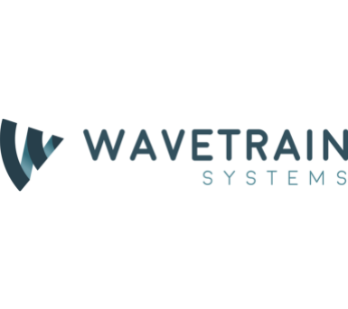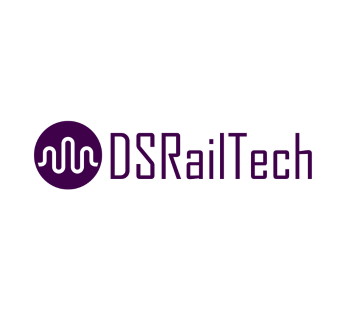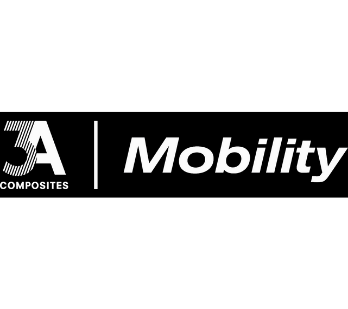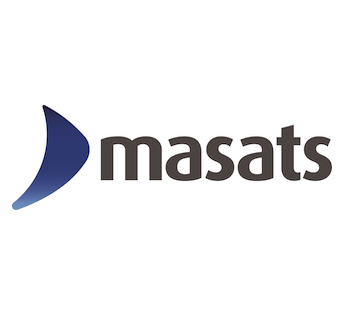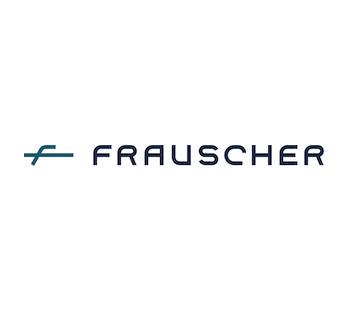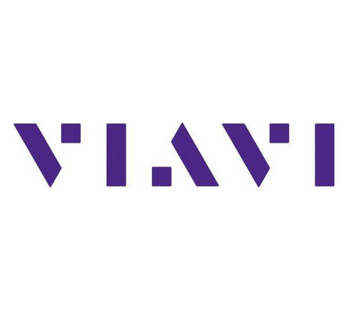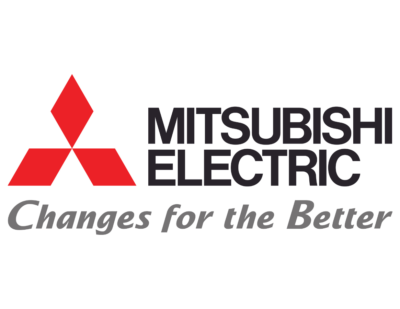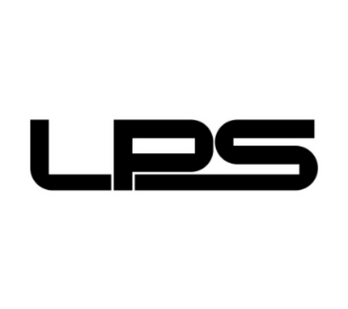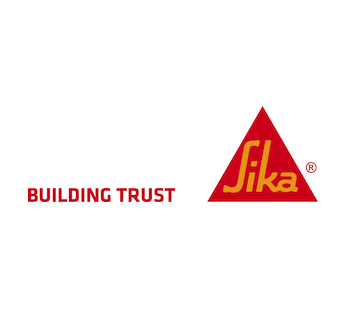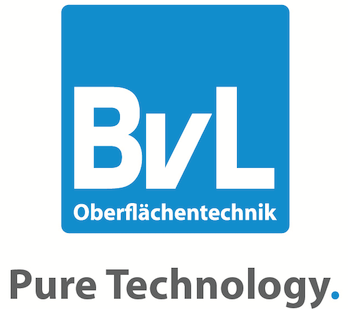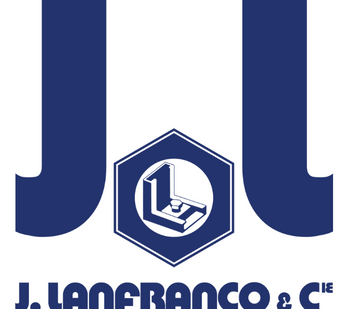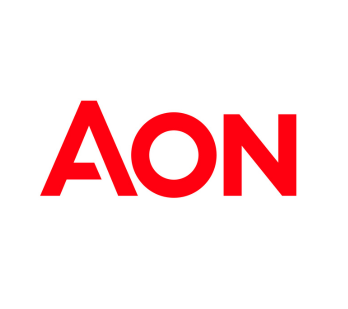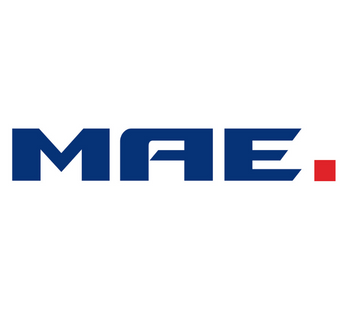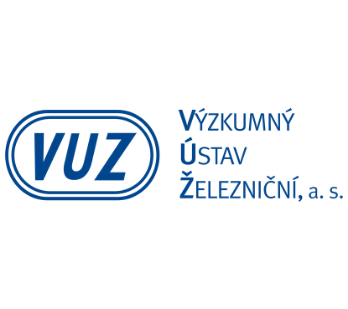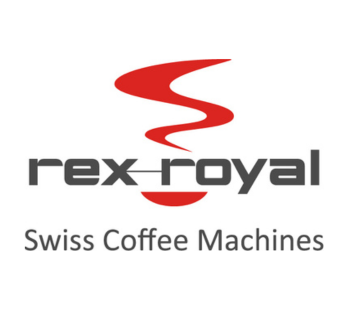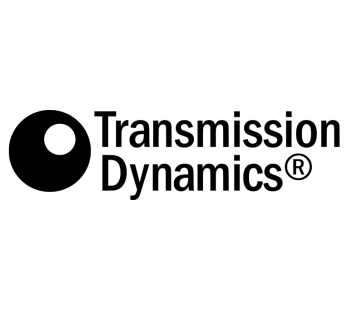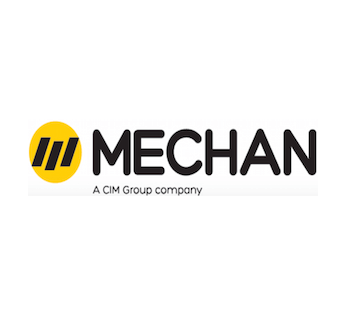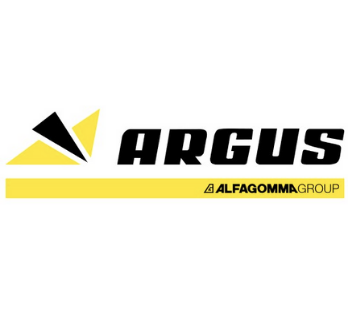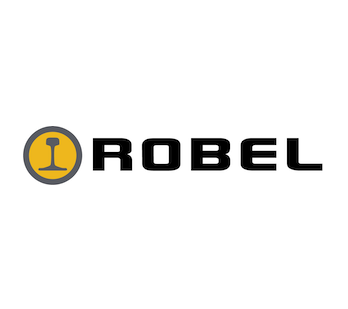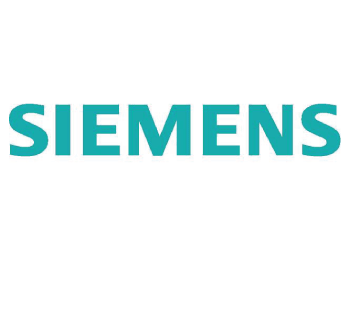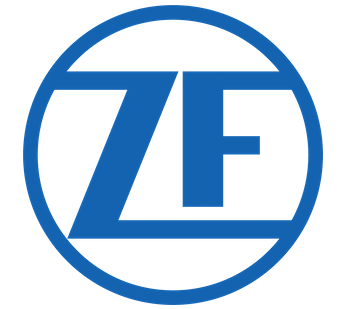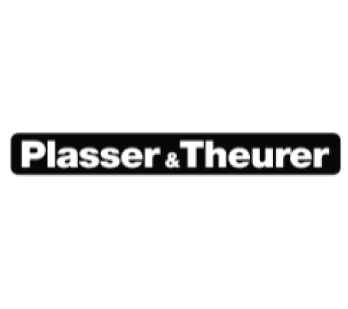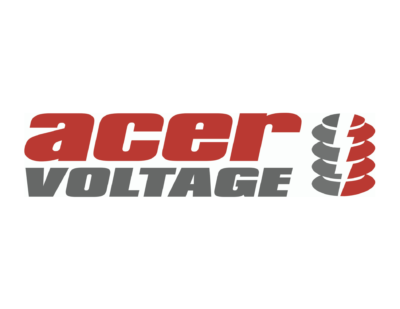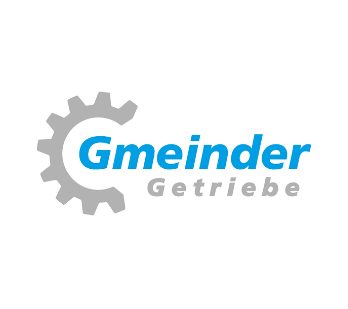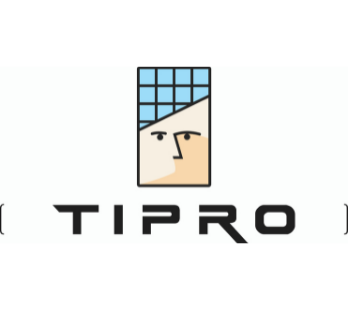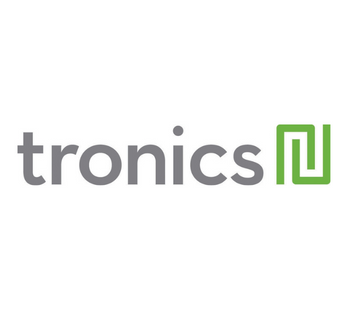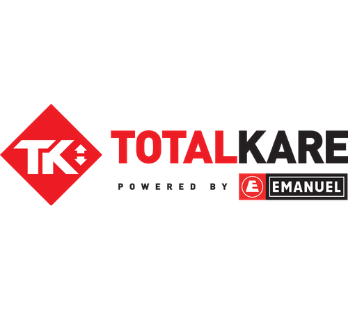Bombardier has completed the first car body for its light rail order with Dresdener Verkehrsbetriebe (DVB).
The production line in Görlitz has only recently been installed, meaning that these car bodies are among the first to be built on it. Bombardier began manufacturing the first vehicle in August 2020. DVB has accepted the car body shell.
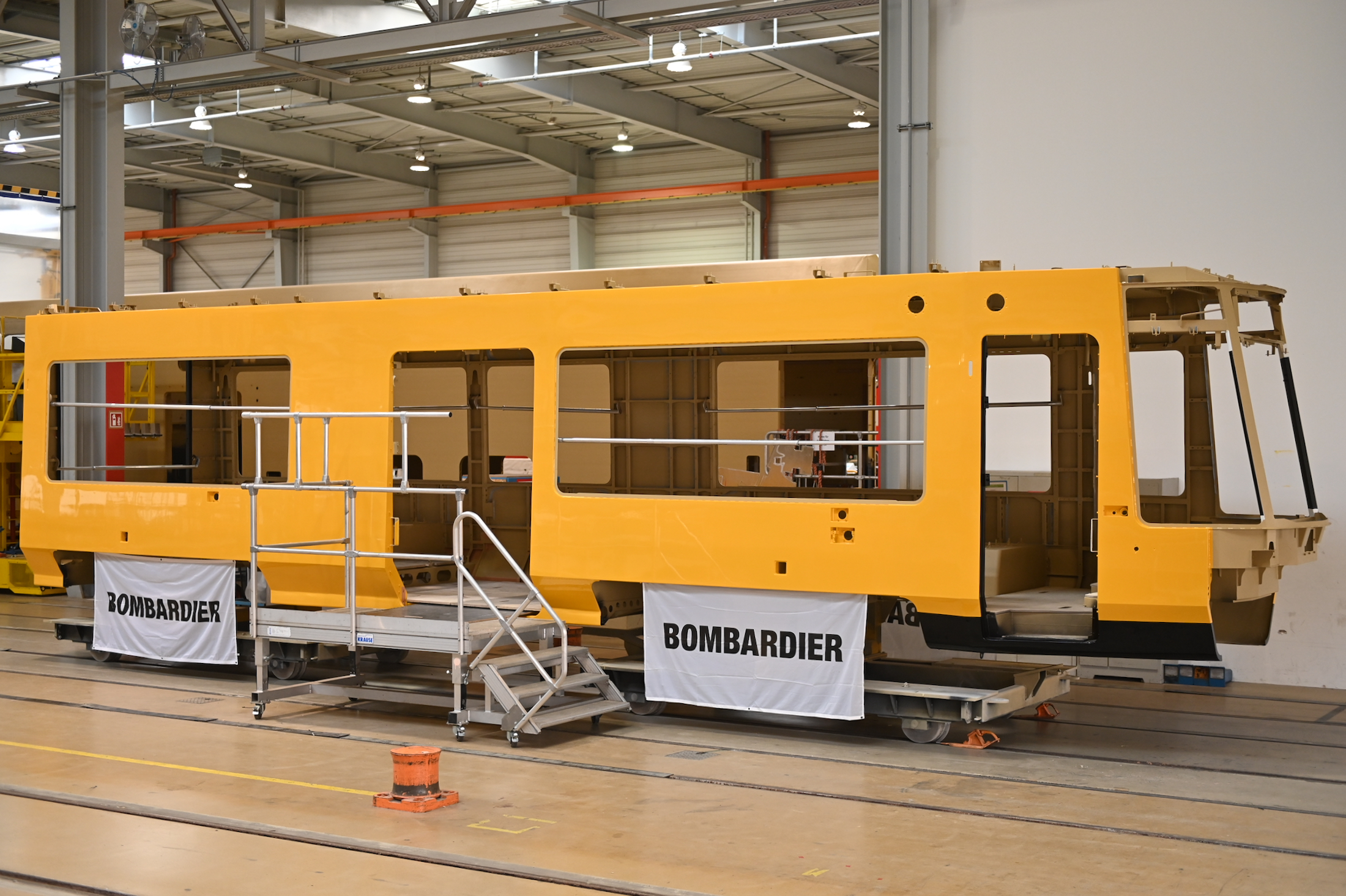
The presentation took place in the presence of Saxony’s Minister President Michael Kretschmer and Dirk Wunderlich, who has the Business Unit German Cities brief at Bombardier. Andreas Hemmersbach and Lars Seifert were the DVB Board Members who accepted the car body shell after testing the quality of the first car bodies.
“Despite all the difficulties linked to the pandemic, this project, which is of crucial importance to us, is making steady progress. We thank the rail experts from Bombardier and DVB for this and for their great personal commitment.”
Bombardier will build the car bodies at Görlitz, but final assembly will take place at its Bautzen site starting in February 2021.
“The car bodies for DVB are one of the first light rail projects to be built on the newly installed production line in Görlitz. I am very pleased that we have reached this important milestone on schedule and will soon be able to start the final assembly on the new FLEXITY trams. Over 20 Saxon companies supply most of the required materials - from Saxony for Saxony.”
The light rail vehicles for Dresden will be low-floor articulated vehicles. Each vehicle will comprise five cars. The car body is made up of the underframe, side walls and the roof as well as fronts for the end cars. These structural components are welded at Görlitz. During this process, the welders attach small brackets that are subsequently used to fasten cables and pipes.
At this point the car bodies undergo a careful inspection and measurement, with a particular focus on the welding seams. They are analysed with an x-ray machine and then assessed by experts.
From a materials perspective, the underframe is made of high-strength stainless steel, while the roof and side walls are made of lighter stainless steel. The front and its constituent parts are cut, edged, deburred and welded together in Görlitz. The roof components and side walls are produced in Bautzen and then delivered to Görlitz.
The underframe is made of high-strength stainless steel. The roof and side walls are made of lighter, stainless steel. While the front and its individual parts are cut, edged, deburred and welded together in the Görlitz factory, the roof parts and side walls are produced in Bautzen and delivered from there to Görlitz.
FLEXITY Trams for Dresden
The first light rail vehicle for Dresden is scheduled for delivery for August 2021. The vehicle will then undergo commissioning and testing on the network and start carrying passengers in December 2021. From 2022 onwards, a new tram will be delivered to DVB every three weeks. These too will undergo commissioning before entering passenger service. Bombardier will deliver all the FLEXITY vehicles in this order by autumn 2023.
The first 12 trams will run on Line 2 between Kleinschachwitz and Gorbitz. Großenhainer Str. is currently undergoing extension works. Once those are complete the next 11 vehicles will be able to operate on Line 3 between Wilder Mann and Coschütz. The contract between Bombardier and DVB includes an option for additional vehicles for Line 1.
Tram Design
The trams are 45m long and 2.65m wide – 35 centimetres wider than Dresden’s current trams. However, they are only wider above the edge of the platform, which means there is no need to adapt any stations. This extra capacity will allow each tram to carry 290 passengers, which is 30 more than the network’s current longest tram. The additional width has meant that changes have had to be made to the track to widen them so that trams can pass each other without touching. This work is already complete for 80 percent of the track network. Before these trams can run on Line 7 DVB has to wait for Königsbrücker Str. to be expanded as well as parts of Kesselsdorf and Königsbrücker Landstrasse.
Bombardier Transportation won the contract in August 2019. Each vehicle costs roughly 4.2 million euros. The total contract value, including production, servicing and long-term maintenance is in the region of 197 million euros. The Free State of Saxony is making 102.8 million euros available from the European Regional Development Fund for the rolling stock purchase.

